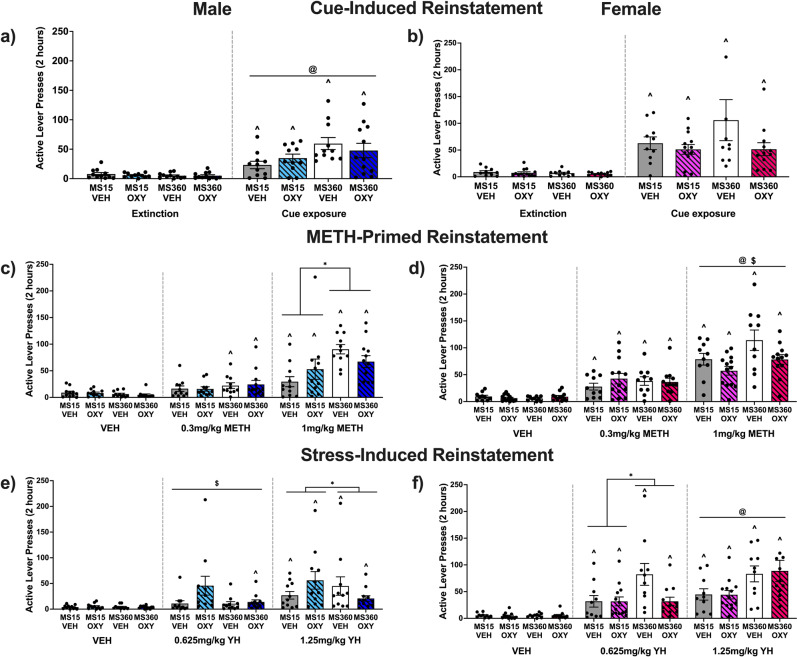Fig. 3. The effect of early life stress and adolescent oxytocin treatment on cue-, METH-, and yohimbine-induced reinstatement of drug-seeking.
In males, early life stress increased cue- and METH (1 mg/kg) -induced reinstatement, which was reduced by oxytocin treatment in maternally separated rats. For females, early life stress increased METH (1 mg/kg)- and stress (yohimbine hydrochloride (yh) 0.625 mg/kg dose)-induced reinstatement, which was reduced by adolescent oxytocin treatment (n = 10–13/condition/sex). Mean (±SEM) active lever presses on cue-induced reinstatement (a) and (b), METH-primed reinstatement (c) and (d), and yohimbine-induced reinstatement (e) and (f) for males and females. VEH = Vehicle, OXY = Oxytocin. *p < 0.05 significant interaction effect, $p < 0.05 significant adolescent treatment effect, @p < 0.05 significant MS effect ^p < 0.05 vs respective extinction or vehicle session.

